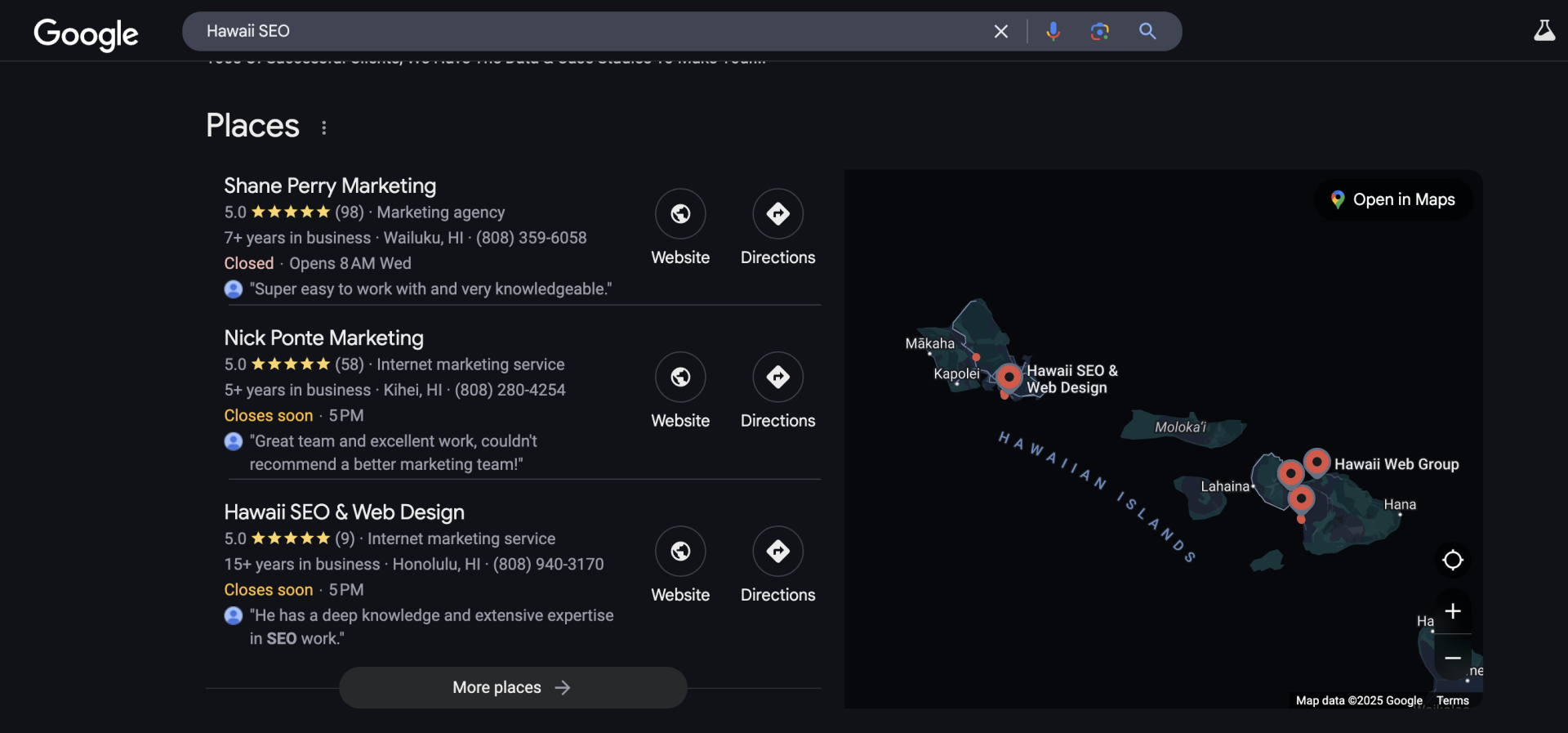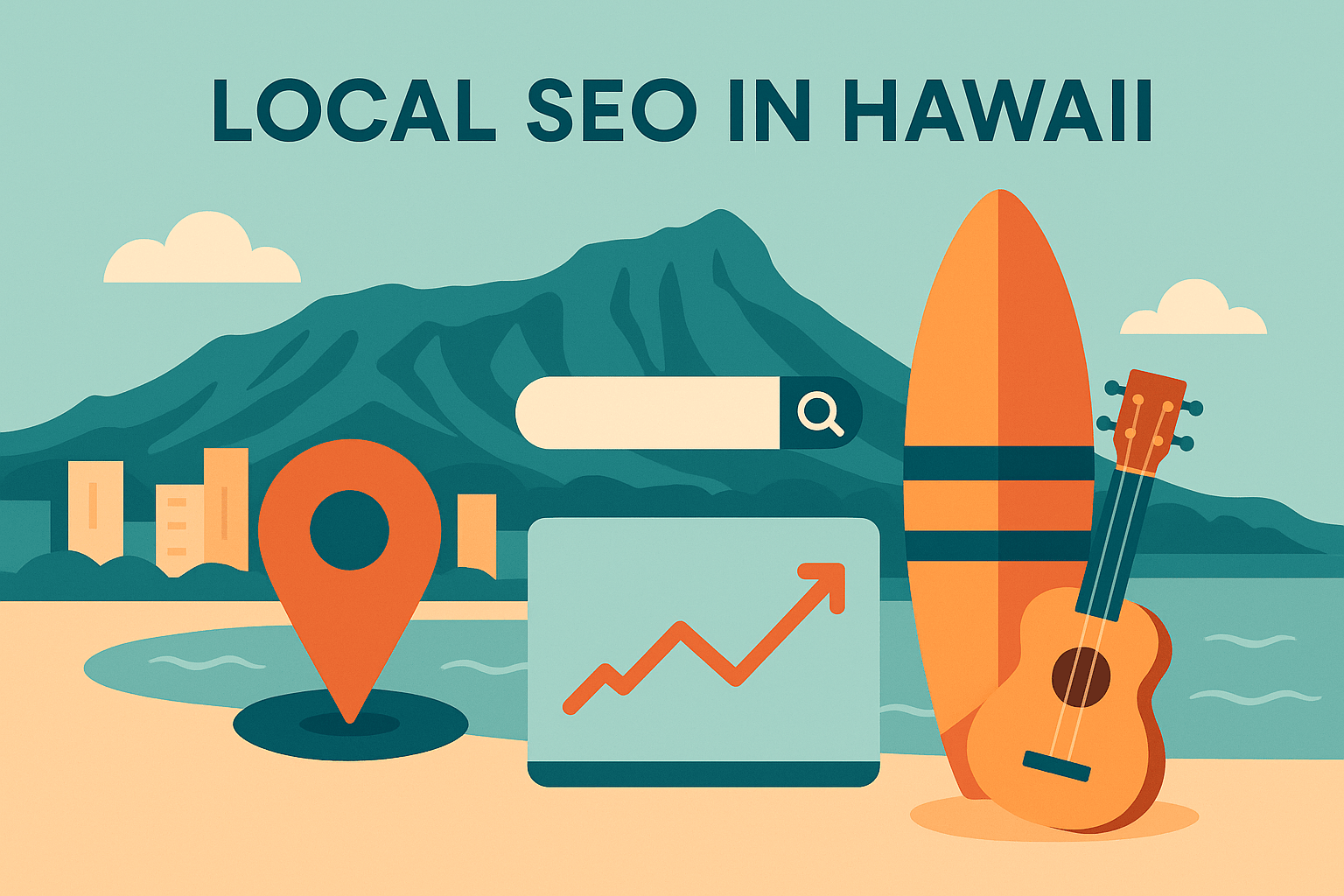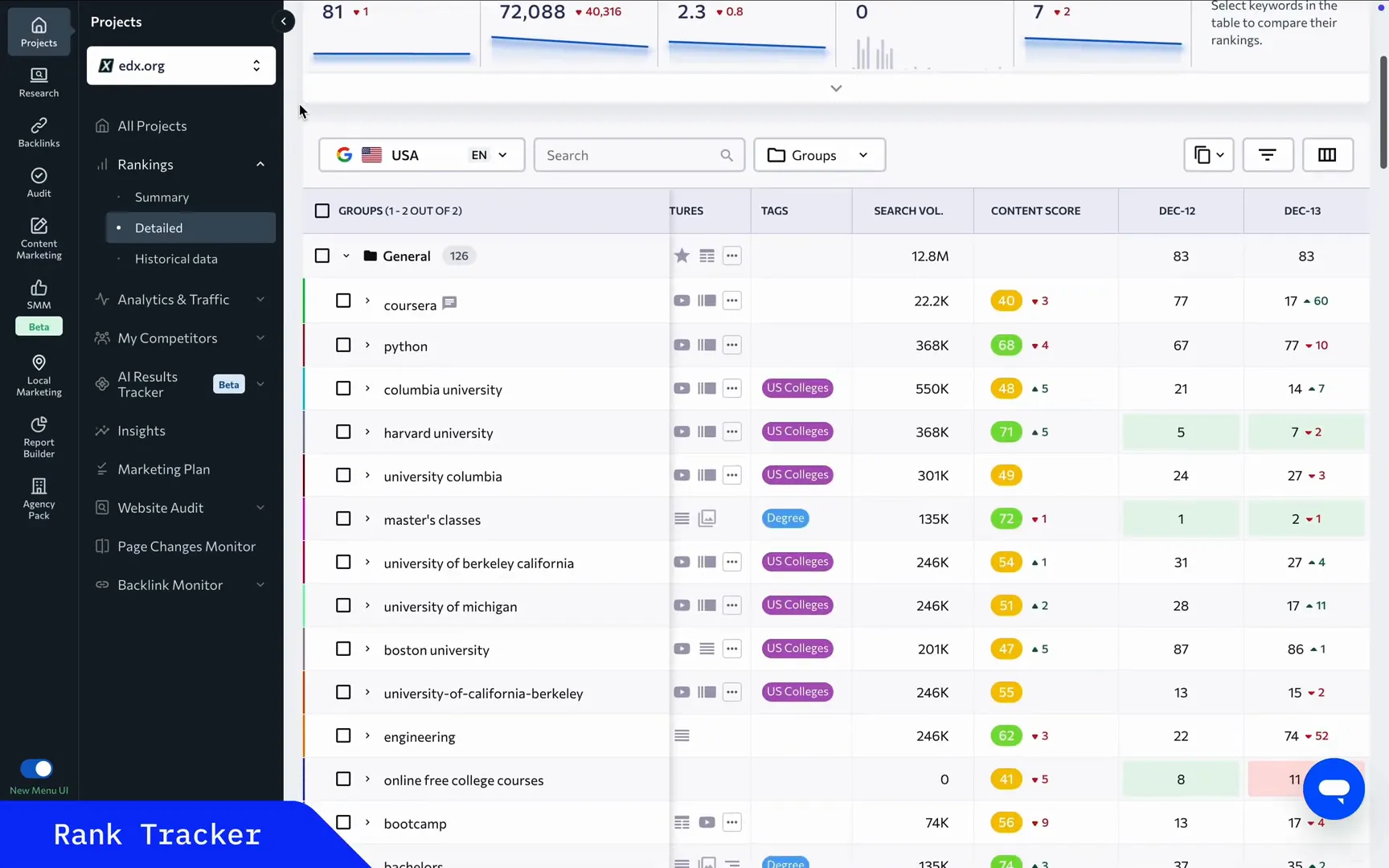TL;DR: Stop optimizing for installs only. Define a North Star, measure lifetime value and in-app engagement, and use first-party data plus deep links to connect web discovery to in-app action for sustained ROI.
I recently watched the Google Ads discussion with agency experts Shawn Meade and Tim Woitkun. As a Hawaii marketing strategist and agency owner at Digital Reach, I want to walk you through what they covered, where the idea lands in practice, and the tactical changes I would make if I were running the program.
Table of Contents
- Why this matters
- What was discussed
- What went right
- What could’ve been stronger
- What I would do differently (tactical blueprint)
- Practical examples
- Takeaways — Strategic checklist
- FAQs
Why this matters
Every interaction with your brand now happens across multiple touch points: desktop web, mobile web, and the app on a consumer’s home screen. Installs are table stakes—useful for scale, but meaningless if users never engage again. The conversation in the video centers on three core actions: pick the right North Star, measure the things that matter, and remove friction between web discovery and in-app value using deep linking and first-party data.
What was discussed
The panel focused on practical agency-level guidance:
- Start with your North Star beyond installs—what business outcome does the app serve? (e.g., repeat purchases, subscription retention, LTV)
- Measure in-app engagement and lifetime value; treat the app as a data source to optimize web campaigns.
- Use deep links and Web to App Connect to deliver users to the right in-app experience and capture first-party data.
What went right
The experts pushed the right priorities:
- Shifting the conversation from acquisition volume to post-install engagement and LTV is exactly where brands should focus.
- Elevating first-party app data as a way to improve overall marketing efficiency—this is strategic, privacy-forward, and future-proof.
- Calling attention to deep linking and Web to App Connect recognizes a real gap: web discovery often fails to translate to in-app conversion without a seamless path.
What could’ve been stronger
Here’s where the conversation lost momentum for me: the talk stayed high-level and didn’t dig into operational or creative tactics needed to make those shifts work.
- They didn’t stress onboarding optimization—your onboarding flow is the single biggest lever for converting installs into habit.
- There was limited discussion of segmentation and personalization: LTV is meaningless without cohort-level measurement and tailored re-engagement.
- Measurement nuances like attribution windows, cross-device identity, consent gating and event taxonomy weren’t covered—these are practical blockers for many brands.
“If I were running this, I would’ve layered in creator partnerships upfront to accelerate quality engagement—not just installs.”
What I would do differently (tactical blueprint)
If I were running this program, here’s the step-by-step I’d roll out:
- Define a clear North Star metric — pick one primary goal tied to business value (e.g., 30-day purchase frequency, subscription MRR per user, 90-day gross margin per cohort).
- Instrument a robust event taxonomy — track critical steps (onboarding completion, first purchase, wishlist adds, share events). Map each event to revenue impact.
- Segment early and iterate — create cohorts by acquisition source, device, and onboarding behavior. Use cohort LTV to reallocate spend away from low-value install channels.
- Activate first-party data across channels — feed in-app events to web campaigns to improve lookalike performance and reduce wasted media spend.
- Optimize onboarding and UX — A/B test the first-run experience, minimize friction, and surface the value prop in the first session so users habitually return.
- Use deep linking aggressively — connect web content (email, paid ads, social) directly to relevant in-app pages to reduce drop-off and increase conversion.
- Plan for privacy and measurement gaps — build robust server-side event tracking and model LTV where deterministic identity isn’t available.
Practical examples
For a CPG brand I’d want the app to drive repeat sales, so the North Star could be “30-day repurchase rate.” Campaigns would optimize for users likely to repurchase, not just installs. On the web side, I’d use first-party in-app purchase events to refine targeting and creative—showing web users the product bundle that drove highest LTV in-app.
Takeaways — Strategic checklist
- Set one North Star metric for the app aligned with revenue.
- Track events that map to LTV, not vanity metrics.
- Segment cohorts and reallocate media toward higher-LTV channels.
- Use deep linking/Web to App Connect to eliminate friction between web and app.
- Feed first-party app data into web and paid channels to improve optimization.
- Continuously A/B test onboarding to move installs into habitual users.
- Build measurement redundancies (server-side, modeling) to handle privacy changes.
Final thought
Attention doesn’t always mean action—and this discussion proved that clearly. If you’re still celebrating installs without a plan to convert them into habitual, revenue-driving users, you’re leaving real business value on the table. Focus on LTV, instrument well, and connect your channels so every install becomes a meaningful relationship.
FAQs
How do I choose the right North Star metric for my app?
Pick the outcome tied closest to business value—examples: repeat purchase rate, subscription retention, average revenue per user (ARPU) over 90 days. Align product and marketing goals to that metric and measure cohorts against it.
What is first-party app data and why is it important?
First-party app data are events and attributes you collect directly from users in your app (purchases, opens, product interactions). It’s critical because it’s privacy-friendly, accurate, and can fuel better targeting and creative optimization across web and paid channels.
How can deep linking improve conversions?
Deep links route users to the exact in-app content they expect—reducing friction and drop-off. Use them in ads, email, and social so users land on relevant product pages, offers, or onboarding steps that increase conversion probability.
What measurement gaps should I plan for with apps?
Plan for reduced deterministic IDs (privacy changes), attribution window differences across platforms, and the need for server-side event capture. Model LTV and use multiple attribution signals to maintain optimization as tracking evolves.
Credit: This post is based on the Google Ads conversation with agency experts Shawn Meade (Razorfish) and Tim Woitkun (Dentsu).





